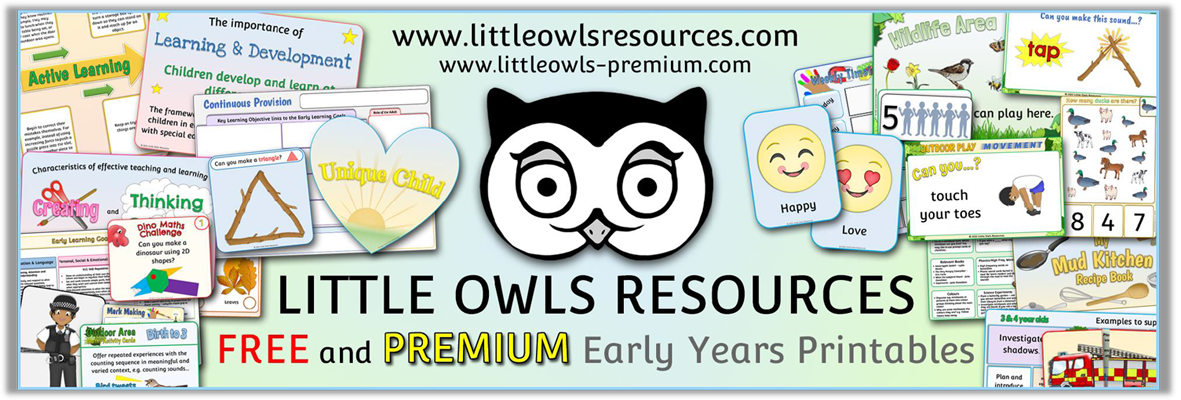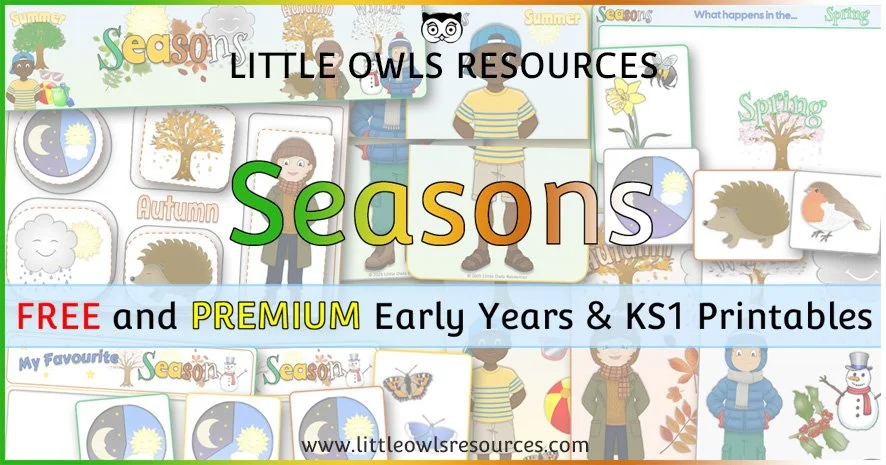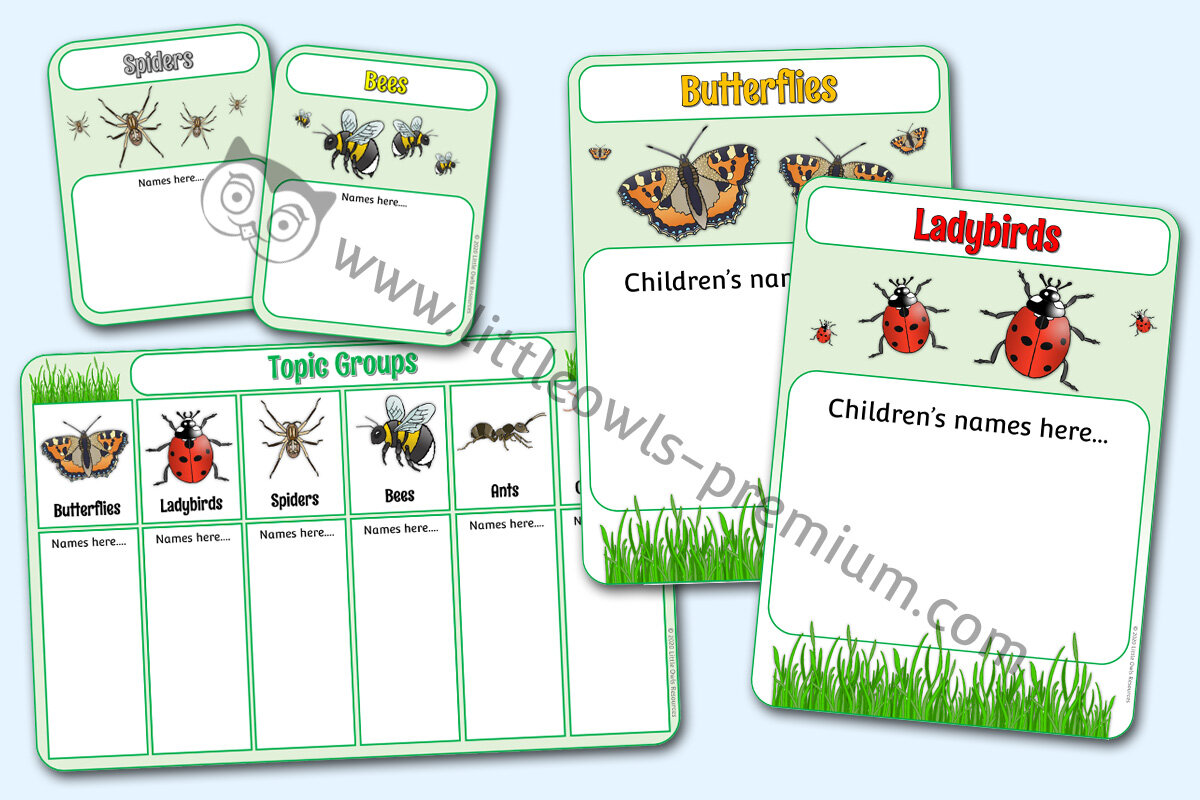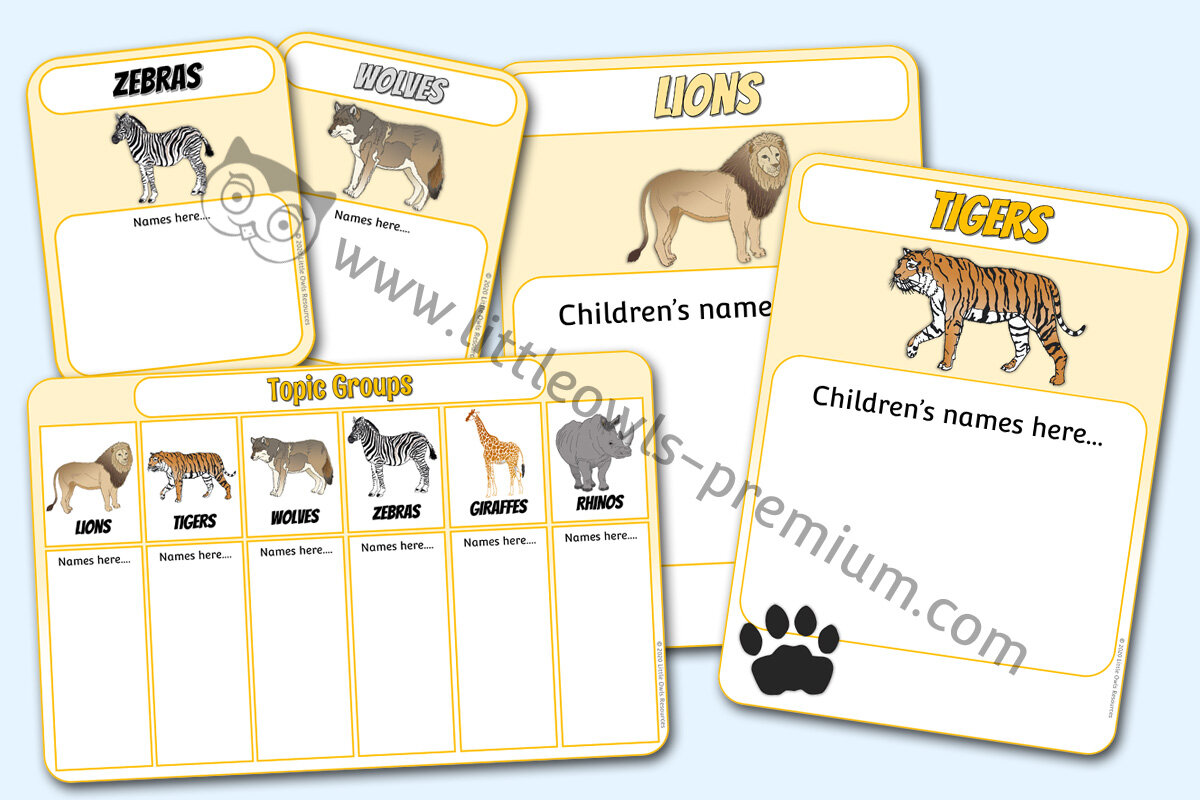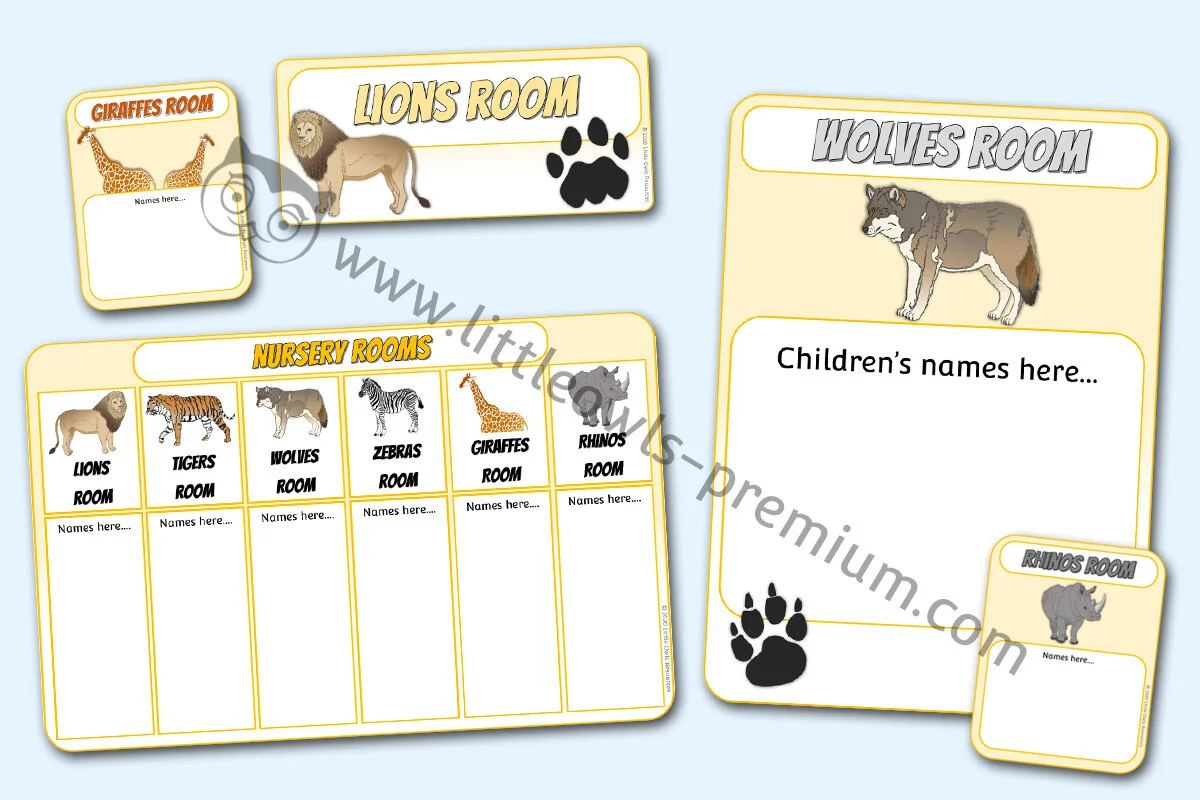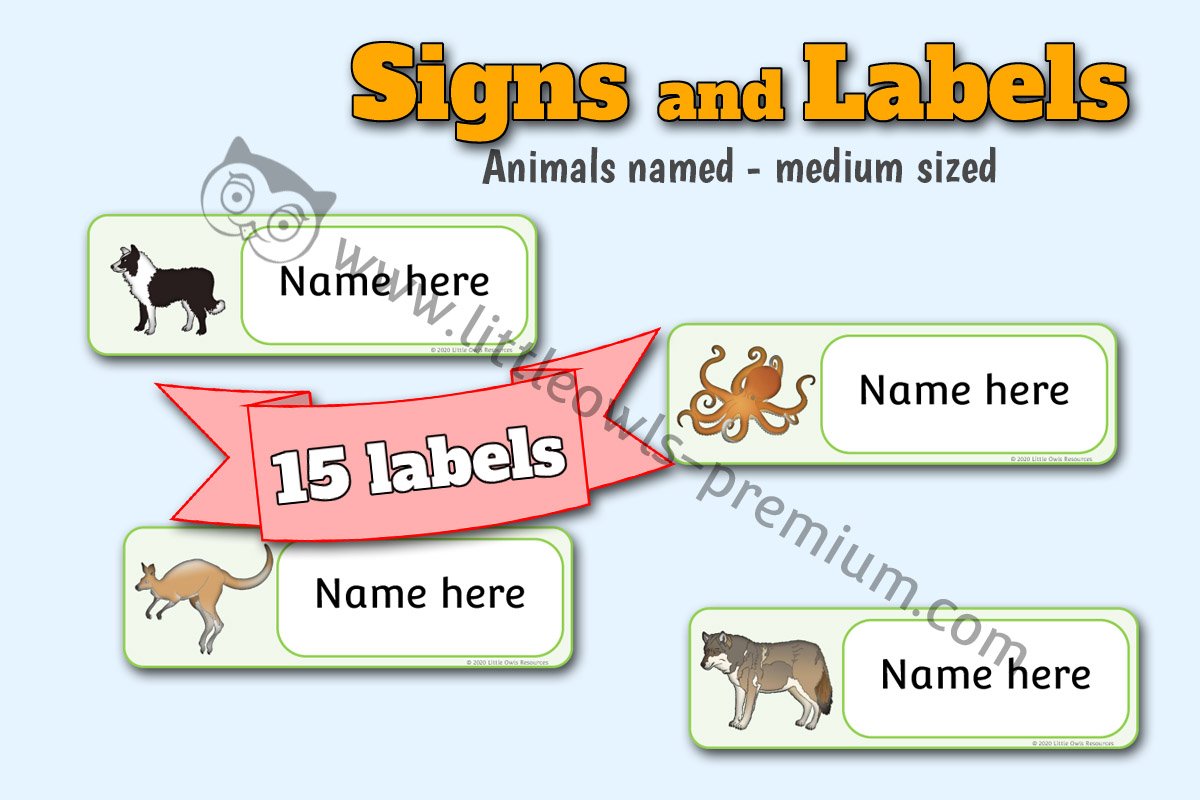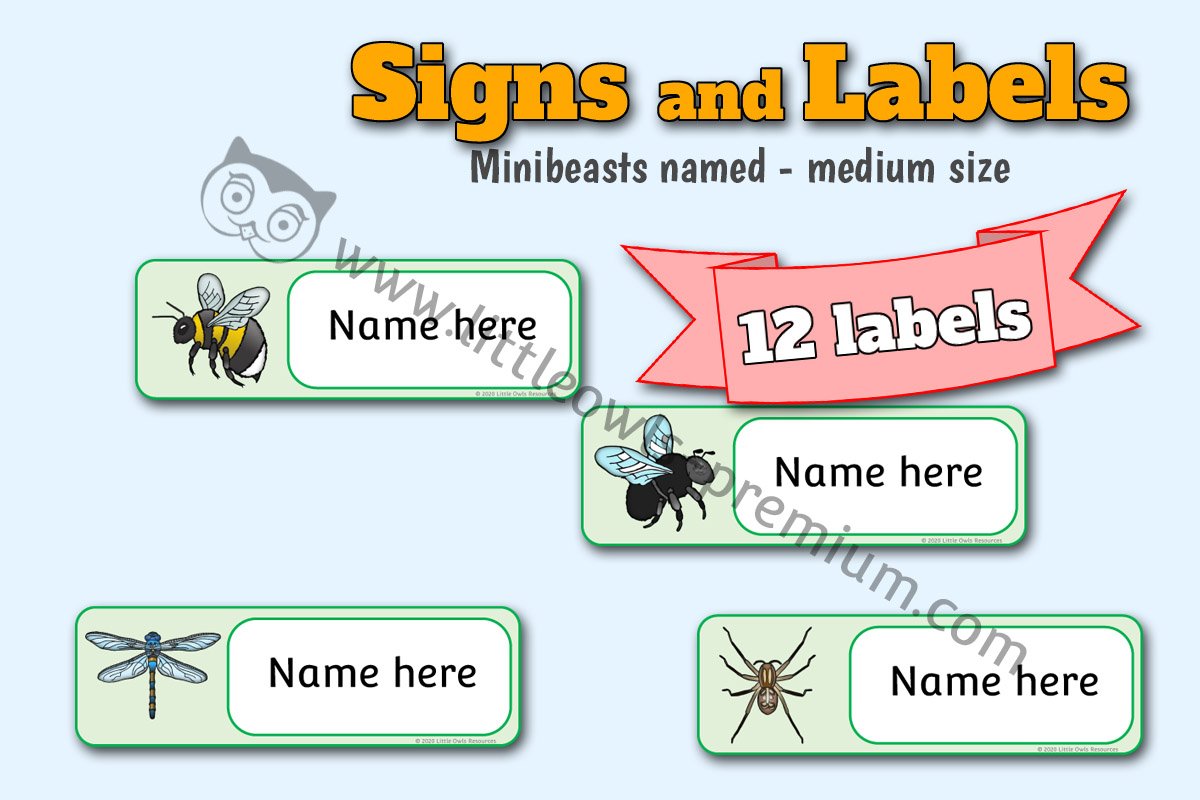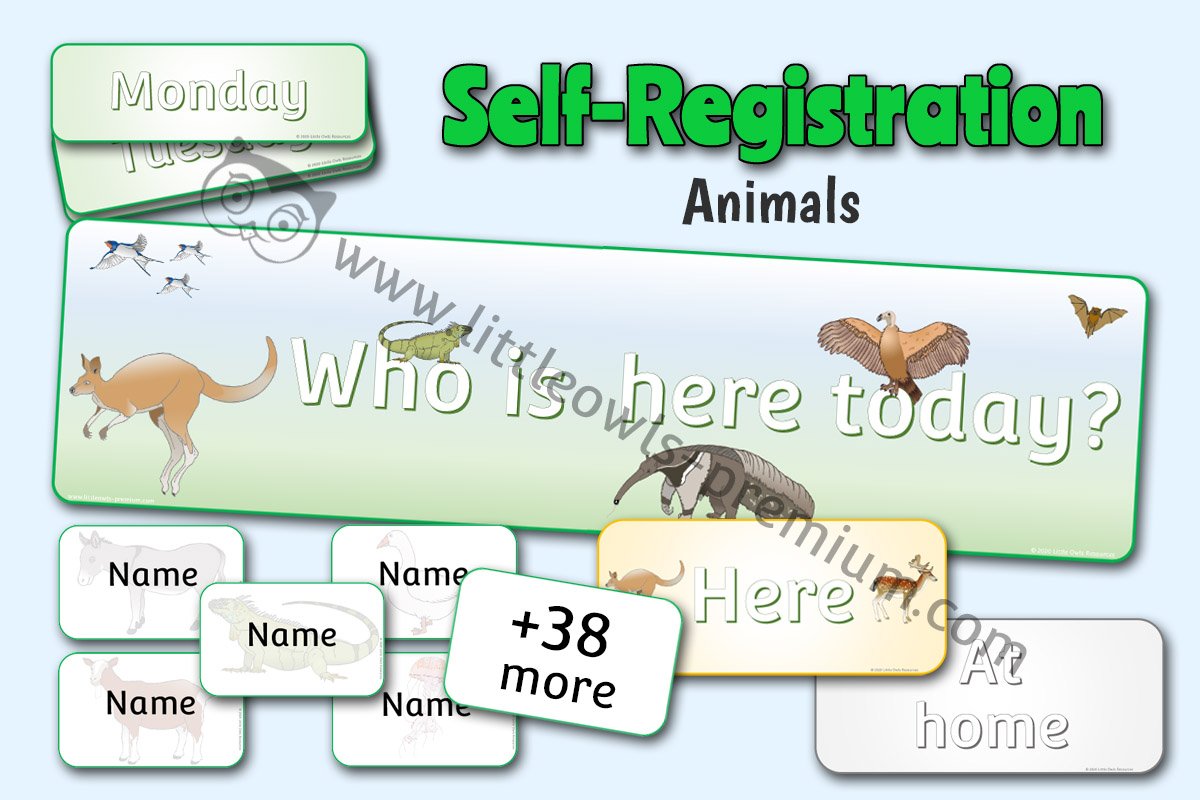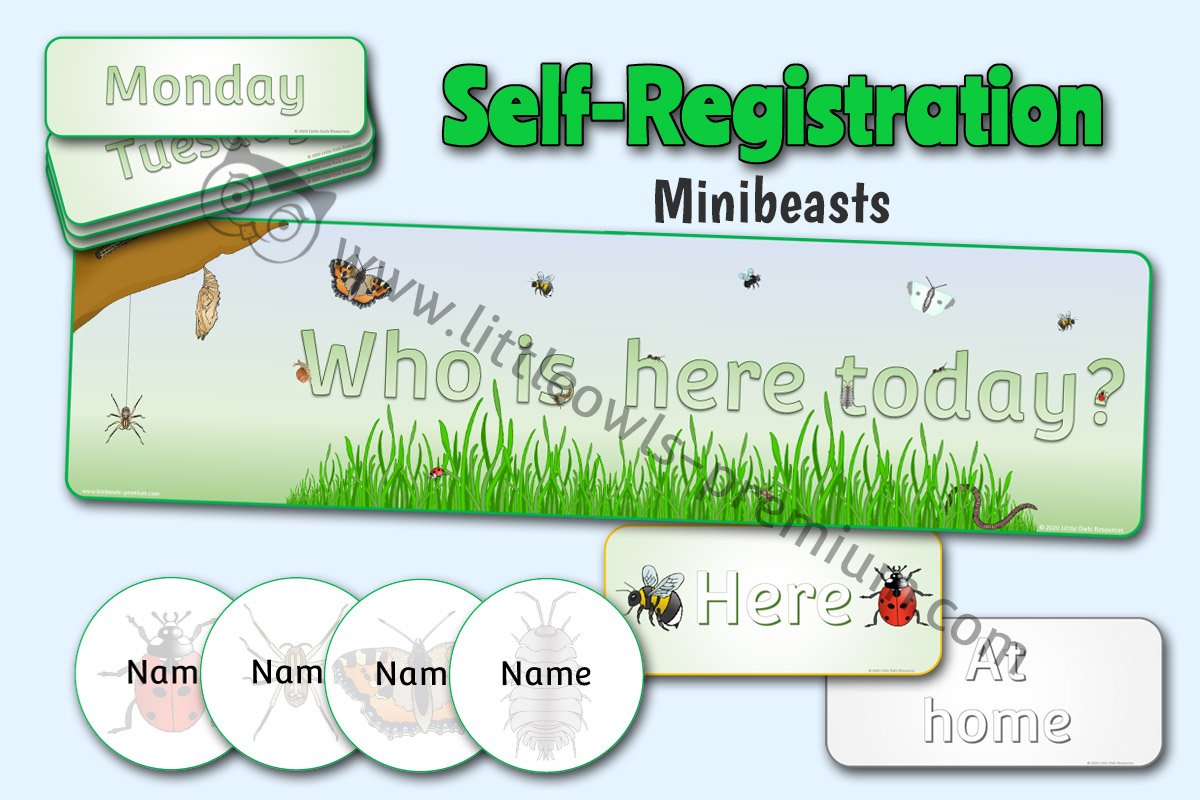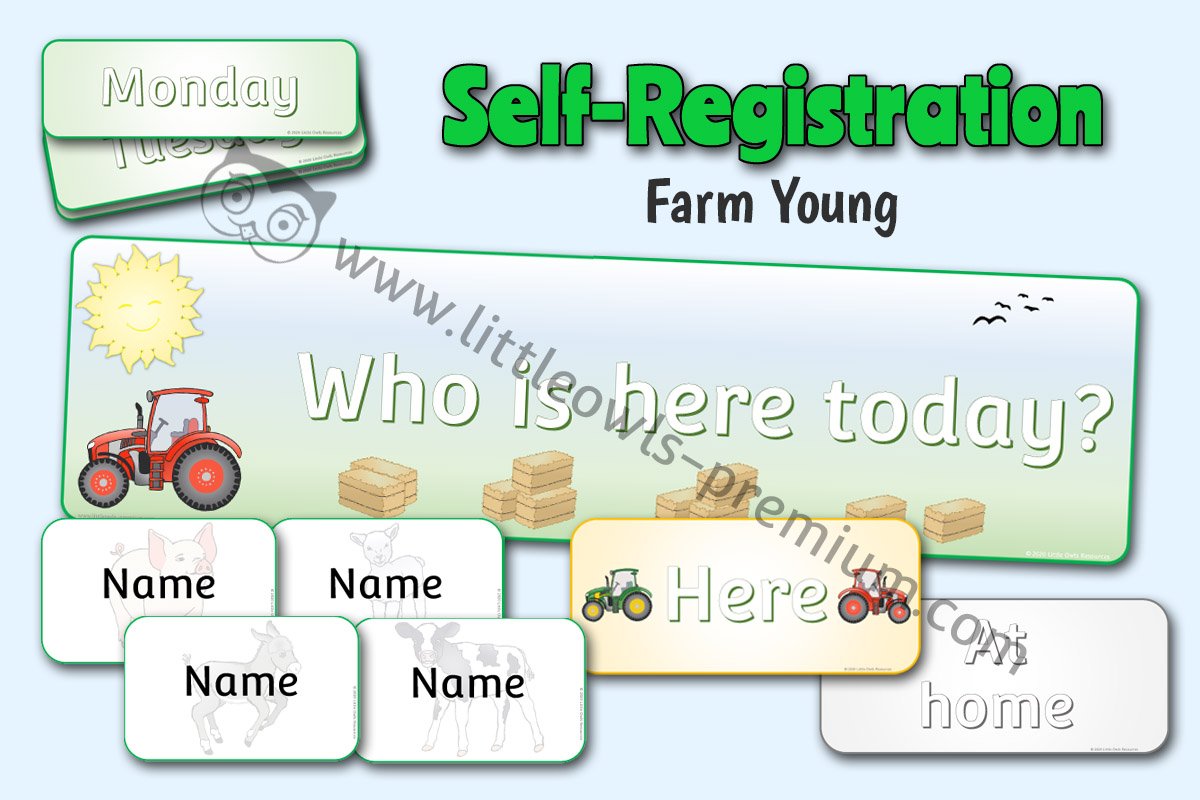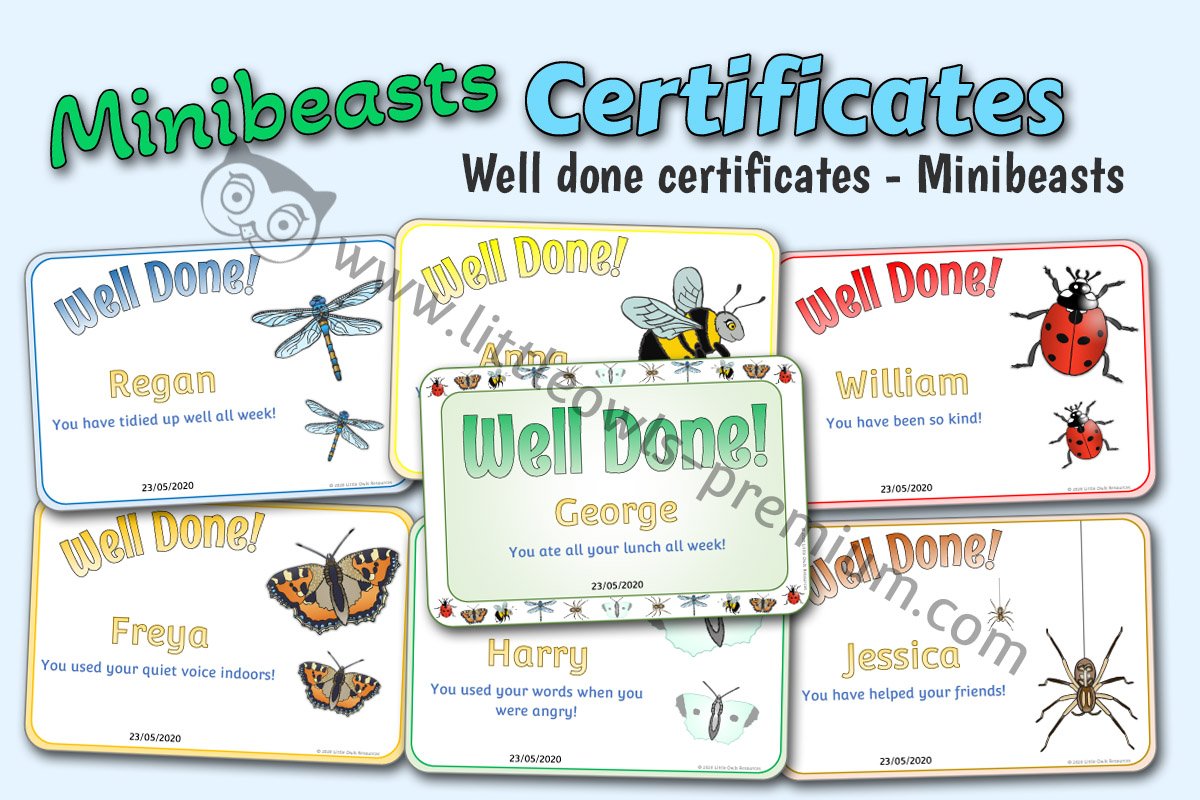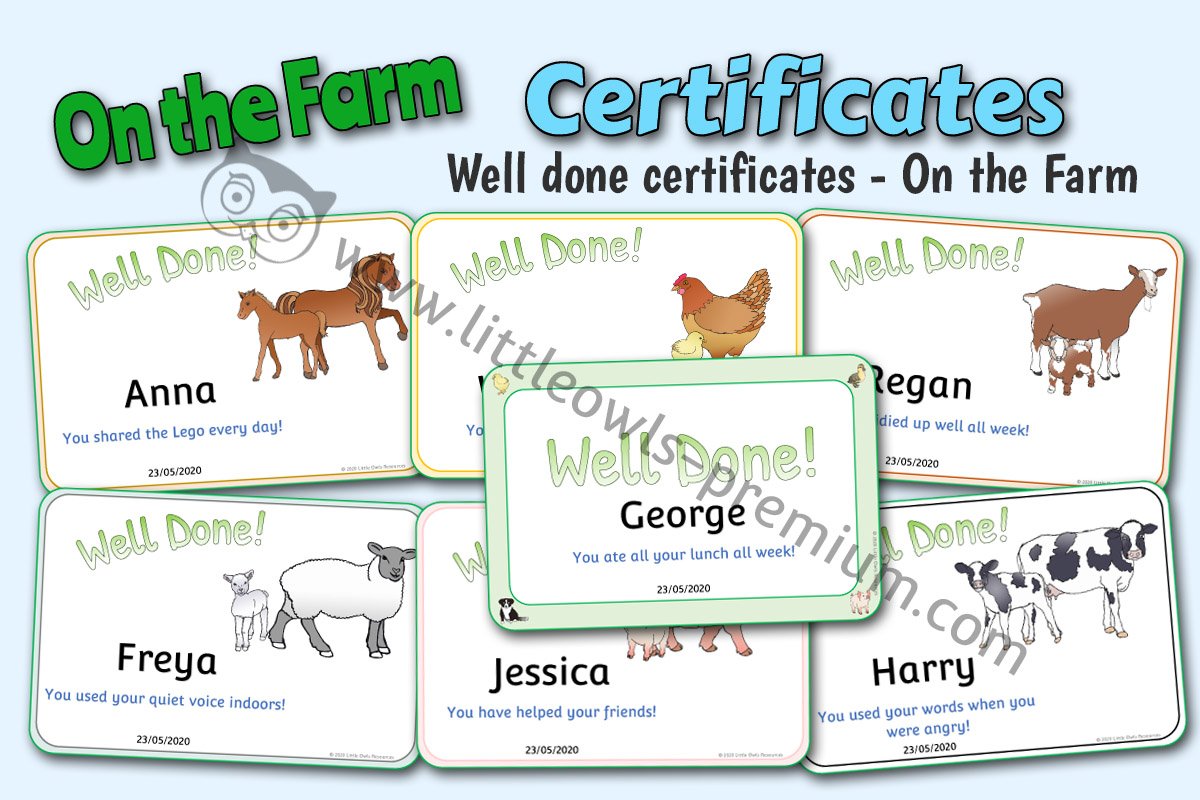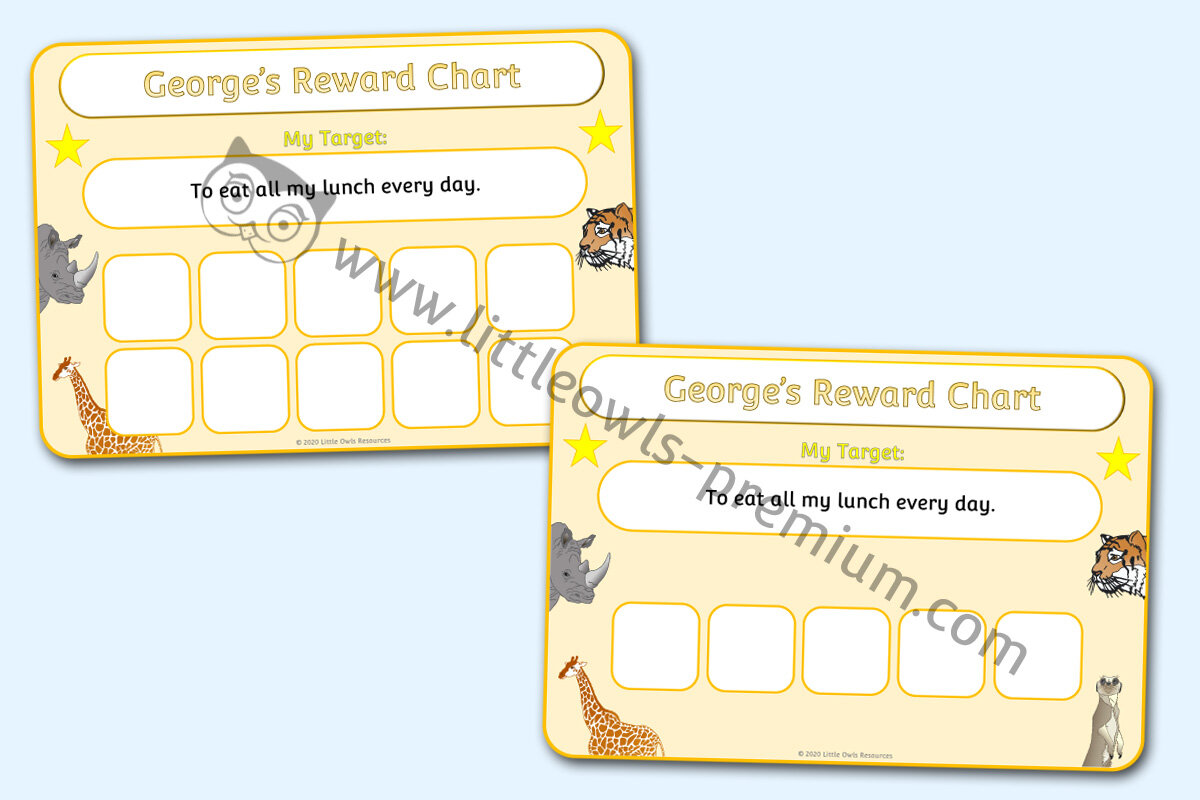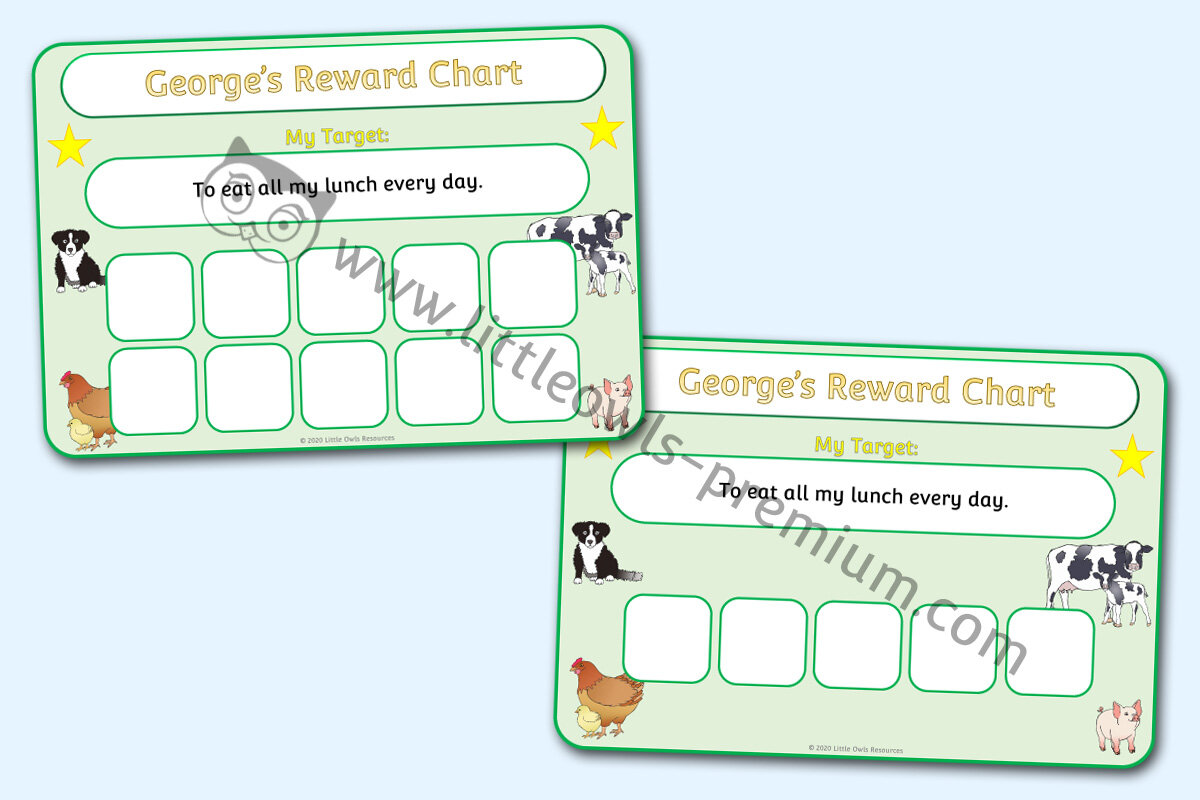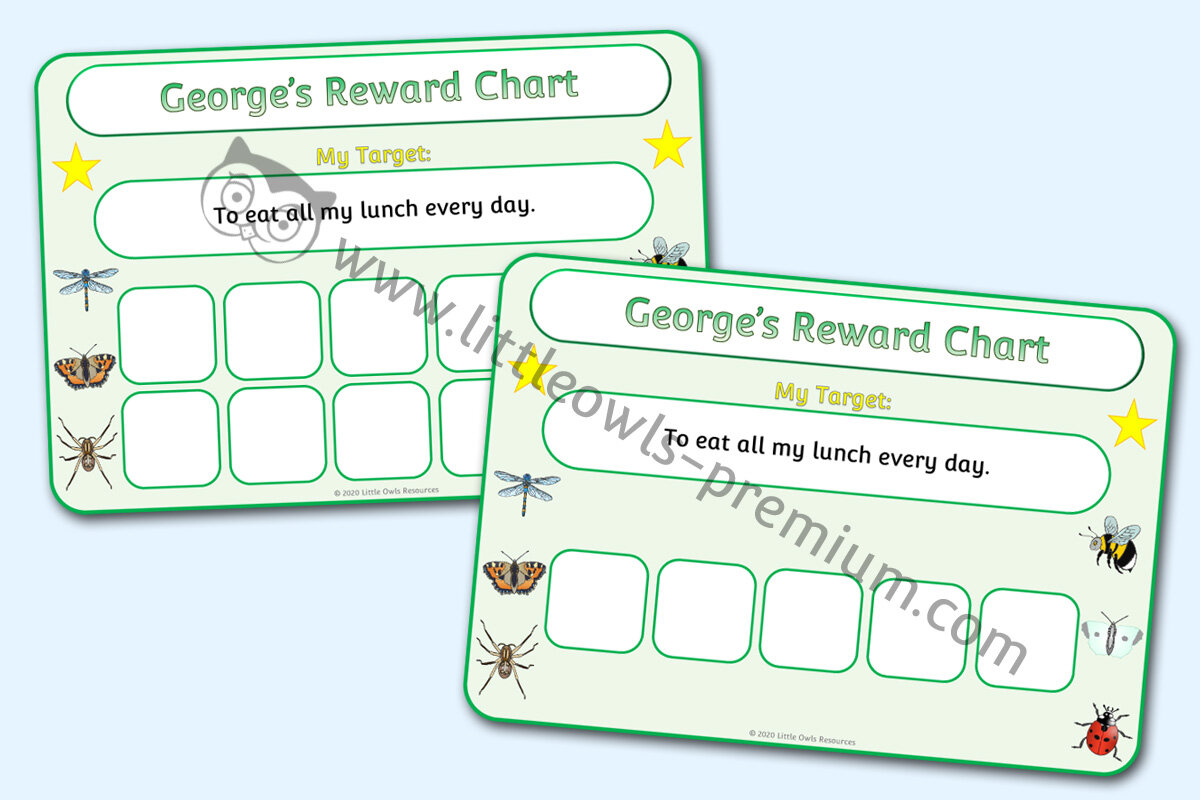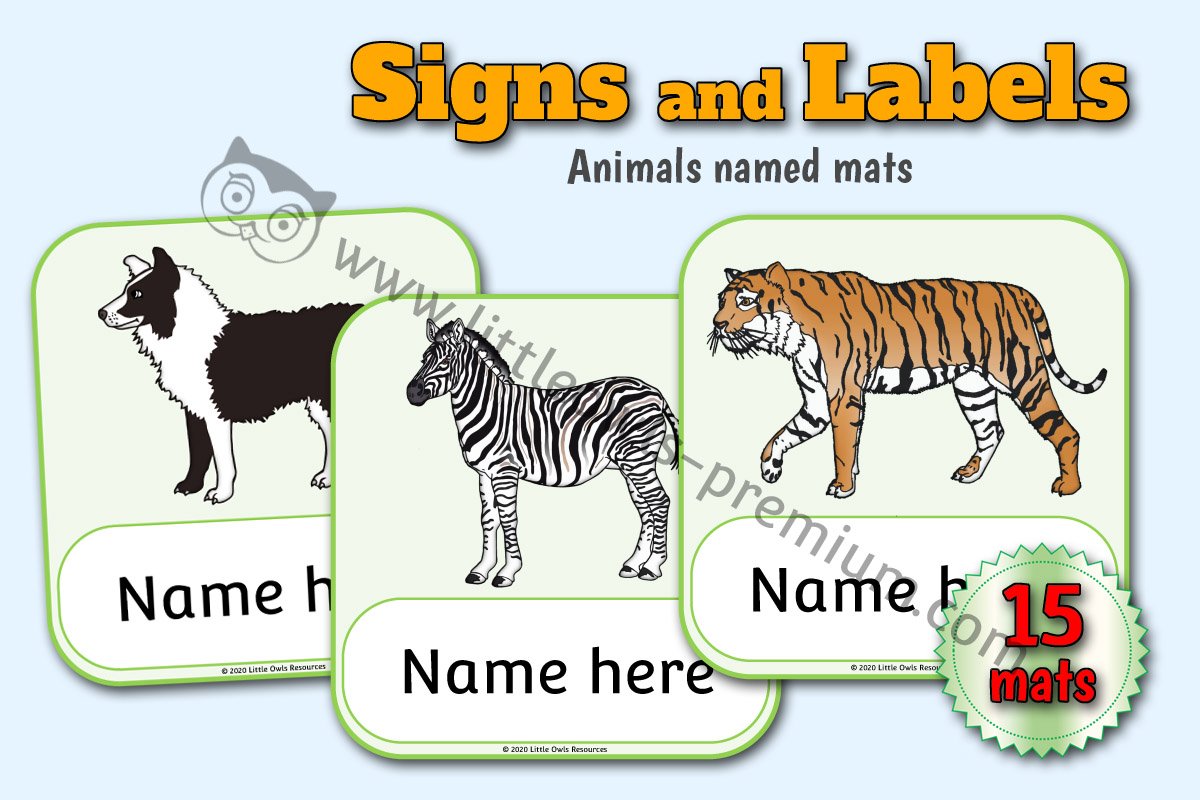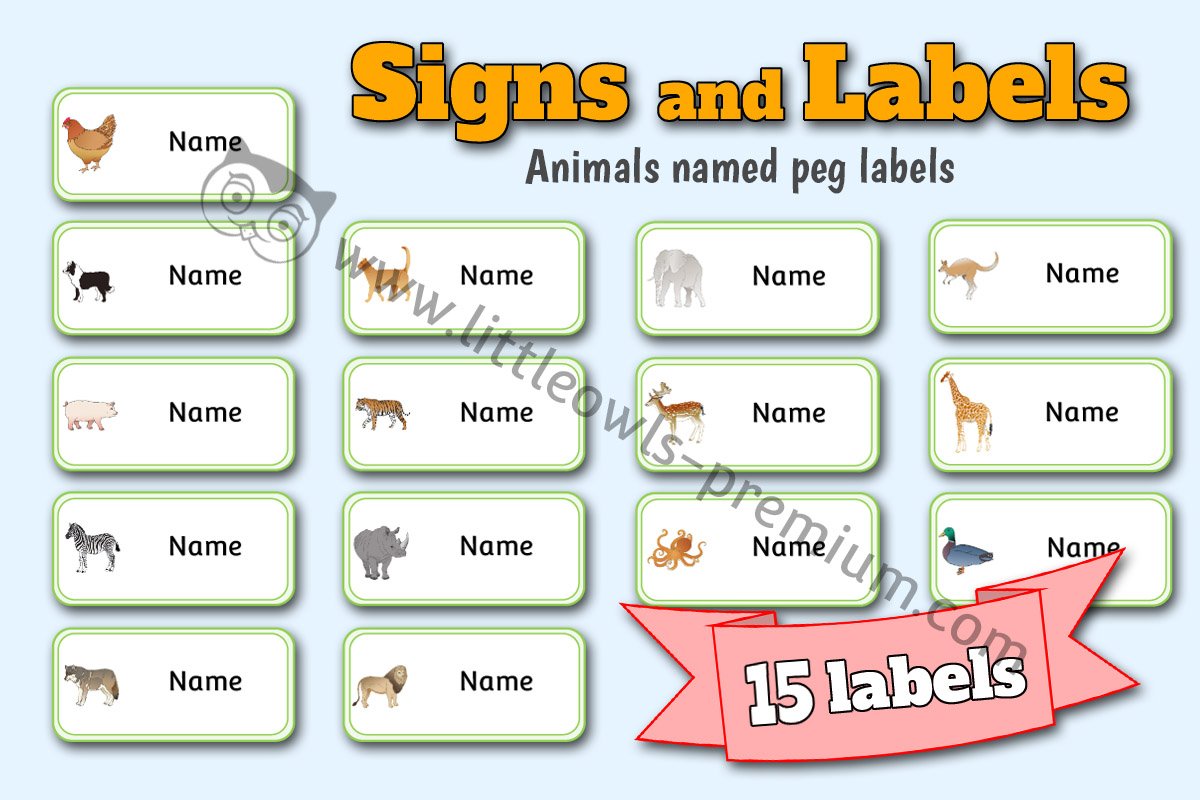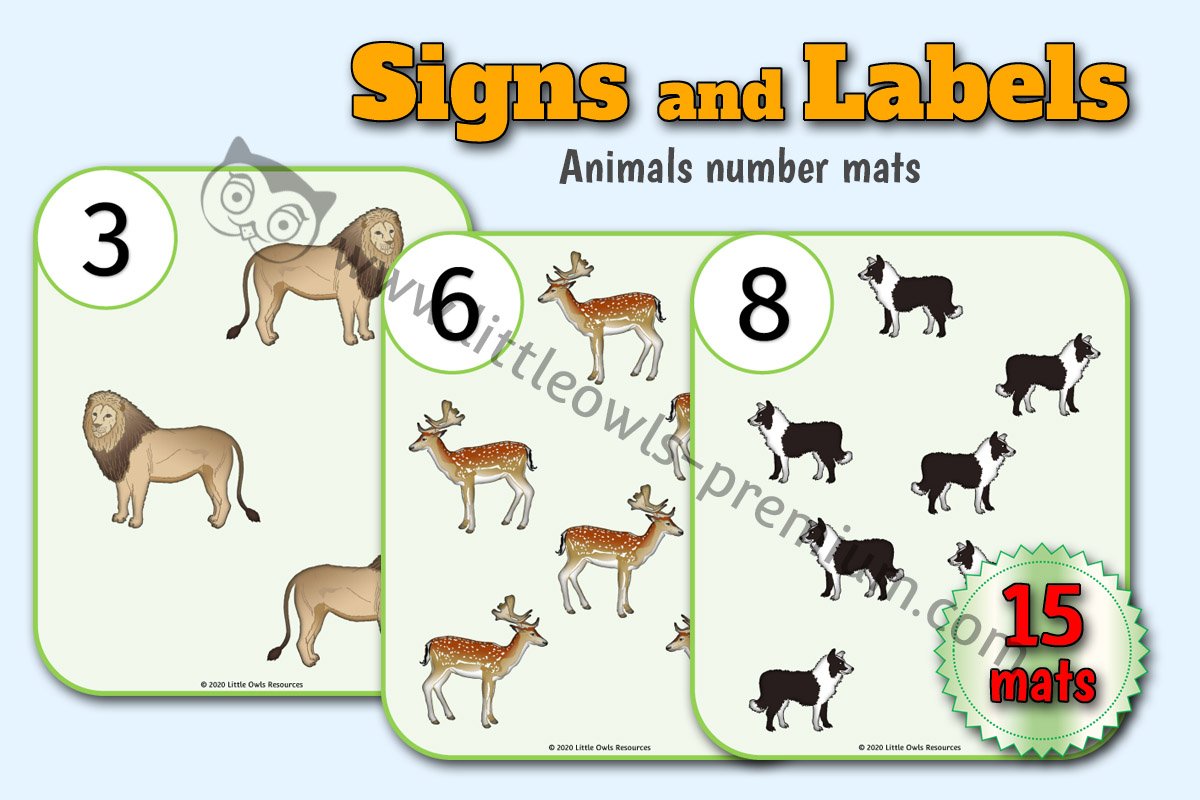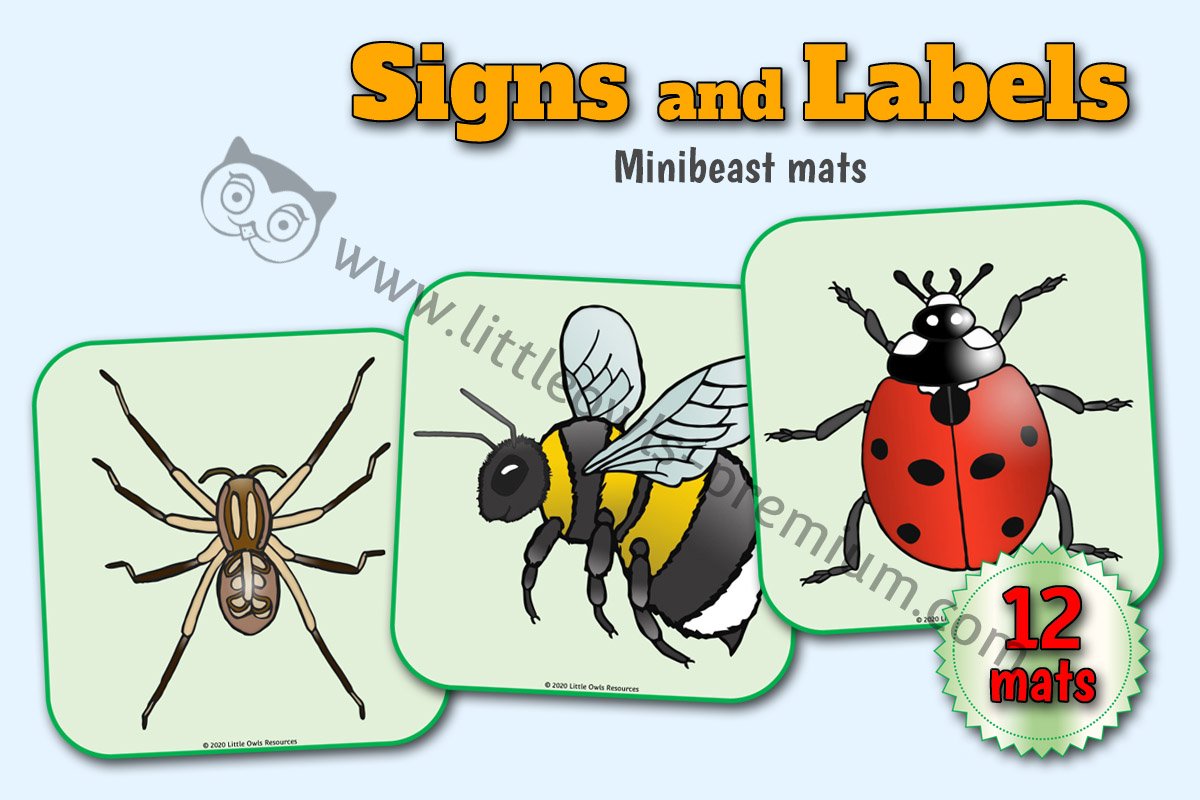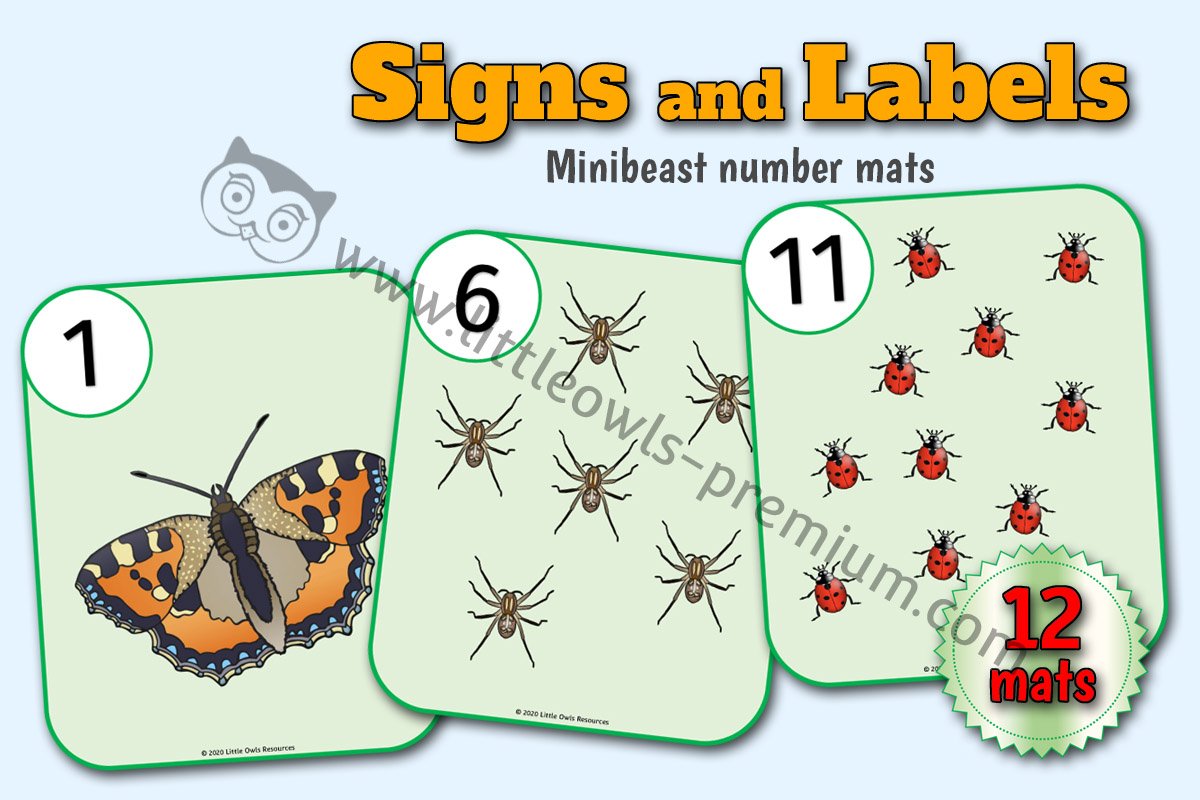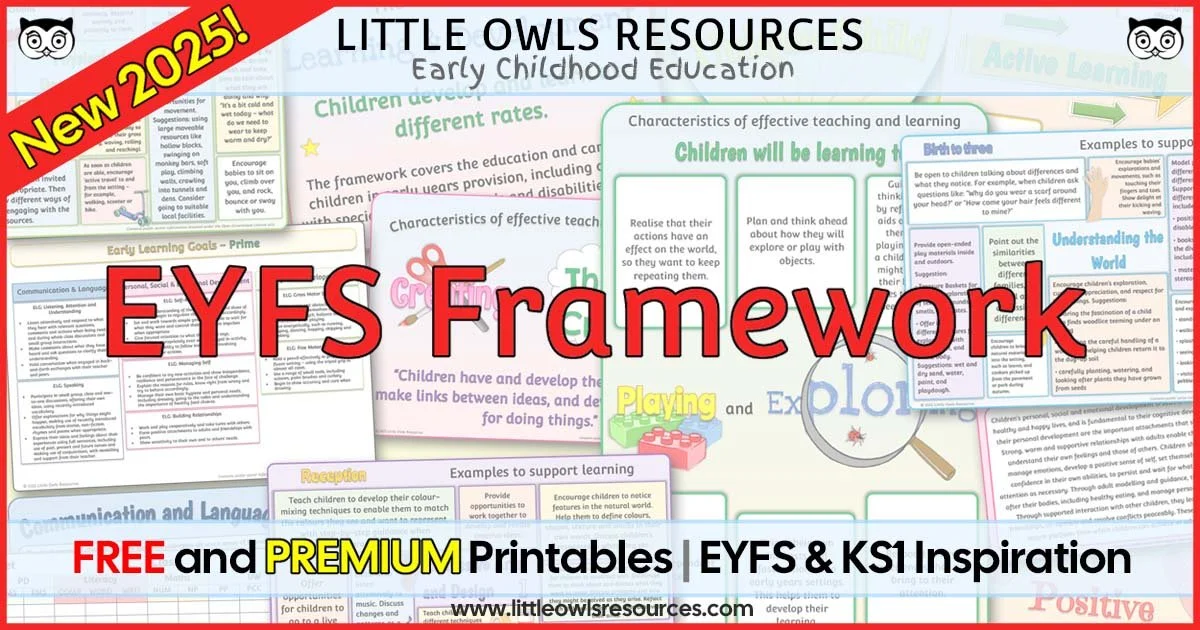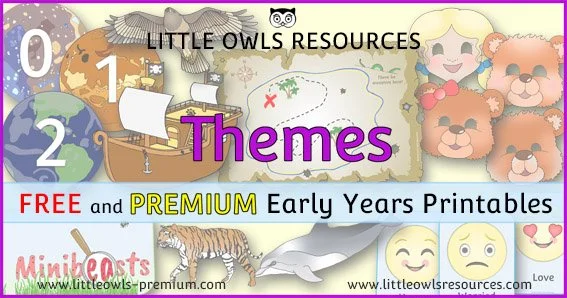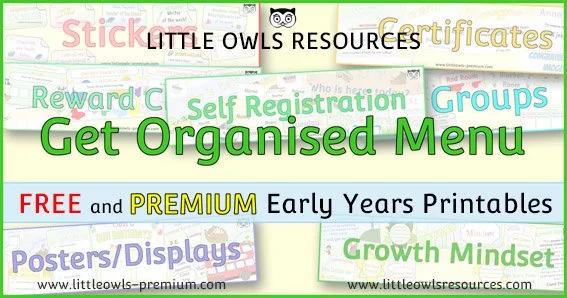Wildlife: Early Years (EYFS & KS1) activities, Displays and ideas
On this page you will find:
Wildlife Topics & Themes full of educational materials and inspiration for fun with your EYFS and KS1 children
Animal themed printable resources from within our ‘Get Organised’ areas
Related Special Dates you may wish to explore with your children - International Day for Biological Diversity - 30 Days Wild & The Big Wild Weekend - World Wildlife Day (Scroll down to find out more)
‘Wildlife’ Themed Eyfs & KS1 Topics | for Teaching & Learning
Get ready to be inspired! We hope you enjoy browsing our selection of fun and engaging printables on the pages linked below, all created by the Little Owls Resources team—featuring our own original hand-drawn images. Have fun exploring! 😊
(Click on the buttons below for resources)
(More ‘Wildlife’ topics coming soon!)
You may also be interested in the following ‘Animal’ themed ‘Get Organised’ resources…
Related Special Dates | you may wish to explore with your children
The following is a list of awareness dates and events that may be of interest to you when covering the themes on this page. [Please note: external links are provided for informational purposes and we are not responsible for the content of external sites.]
International Day for Biological Diversity
International Day for Biological Diversity is observed annually on 22nd May in the UK and worldwide. Established by the United Nations, this day aims to increase understanding and awareness of biodiversity issues. It commemorates the adoption of the Convention on Biological Diversity on 22 May 1992.
Observance in the UK
In the United Kingdom, various organisations, educational institutions, and community groups participate in International Day for Biological Diversity by:
Hosting Events: Workshops, seminars, and exhibitions are organised to educate the public about biodiversity and conservation efforts.
Educational Activities: Schools and universities incorporate biodiversity topics into their curricula and host special programs.
Community Engagement: Local groups conduct nature walks, tree planting, and other activities to promote biodiversity.
How to Participate
Individuals and organisations can get involved by:
Learning: Educate yourself and others about the importance of biodiversity and the threats it faces.
Advocating: Support policies and initiatives that aim to protect and restore biodiversity.
Acting: Engage in activities like planting native species, reducing waste, and supporting local conservation projects.
For more information and resources, you can visit the official International Day for Biological Diversity website.
30 Days Wild (The Wildlife Trusts) & The Big Wild Weekend
30 Days Wild is an annual challenge run by The Wildlife Trusts throughout June. It encourages everyone, of all ages, to connect with nature every single day for the entire month. It's not about grand gestures, but about finding simple, fun, and wild moments in your everyday life – whether that's listening to birdsong, planting a seed, noticing a bee, or watching clouds.
Towards the end of June, 30 Days Wild culminates in The Big Wild Weekend, typically held over the last weekend of June. This special weekend is a peak celebration, inspiring people to spend even more time immersed in nature, often through local events organised by Wildlife Trusts, or by creating their own wild adventures. It's a chance to consolidate the month's nature connection and truly embrace the wild.
The main educational thrust of 30 Days Wild and The Big Wild Weekend for EYFS and KS1 children is to foster a deep, joyful connection with the natural world, right on their doorstep. It aims to cultivate curiosity, observation skills, and a sense of wonder about local wildlife and green spaces. It reinforces the understanding that nature is everywhere – even in a small garden or park – and that spending time outdoors is good for our physical and mental well-being. It subtly builds a foundation for environmental stewardship by nurturing a love and appreciation for the natural world from a young age.
Activities for EYFS and KS1 Practitioners and Parents during 30 Days Wild & The Big Wild Weekend:
Here are some engaging and age-appropriate ideas to celebrate "30 Days Wild" and "The Big Wild Weekend" with young children:
Go on a Nature Scavenger Hunt: Provide a list of simple natural items to find (e.g., a smooth stone, a crinkly leaf, something spiky, something that smells nice). This encourages close observation and sensory exploration.
Listen to Birdsong: Spend a few quiet minutes outside (or near an open window) just listening. Can you hear different birds? How many different sounds can you identify?
Make a Mini Bug Hotel: Collect hollow stems, small sticks, and leaves. Bundle them together in a small tin can or plastic bottle to create a tiny home for insects. Discuss why bugs need homes.
Cloud Gazing and Imagination: Lie on the grass and watch the clouds. What shapes can you see? What do they remind you of? This encourages imaginative thinking and observation of the sky.
Plant a Seed: Plant a simple seed (e.g., a sunflower seed, a bean, or a cress seed) and observe its growth daily. Discuss what plants need to grow.
Nature Art: Use natural materials like leaves, twigs, petals, and pebbles to create transient art pictures on the ground, or make nature collages on paper.
Mud Kitchen Play: Set up a mud kitchen outdoors with old pots, pans, spoons, and natural ingredients (mud, water, leaves, twigs). Encourage children to make "nature recipes," promoting sensory play and imaginative role-play.
Create a "Wild" Journal: Provide children with a simple notebook where they can draw, "write" (emergent writing), or dictate something they observed or enjoyed in nature each day.
Visit a Local Green Space: Spend time in a local park, woodland, or nature reserve. Encourage free exploration, running, climbing, and discovery.
Read Nature-Themed Stories: Share picture books about animals, plants, or adventures in nature. Discuss the natural elements in the stories.
The Big Wild Weekend Special Activity: For The Big Wild Weekend, consider a slightly longer or more immersive activity:
Picnic in Nature: Pack a simple picnic to enjoy outdoors in a park or garden.
Night Sky Gazing (if safe and appropriate): Look at the stars before bedtime.
Build a Den: Use blankets, sheets, or natural materials to build a simple den outdoors.
Official 30 Days Wild & The Wildlife Trusts Website: For more information, daily activity ideas, and to sign up for your free 30 Days Wild pack, please visit The Wildlife Trusts' official website: www.wildlifetrusts.org/30DaysWild
World Wildlife Day
World Wildlife Day is celebrated globally every year on March 3rd. This United Nations (UN) international day aims to celebrate the world's wild animals and plants and to raise awareness of the urgent need to combat wildlife crime and human-induced reduction of species, which have wide-ranging economic, environmental, and social impacts. Each year, a specific theme highlights a particular aspect of wildlife conservation.
The main educational thrust of World Wildlife Day for EYFS and KS1 children is to foster a sense of wonder, respect, and responsibility towards all living creatures and their habitats, both locally and globally. It encourages children to understand that all animals and plants are important parts of our world, and that many are facing challenges. It promotes the idea that even small actions can help protect wildlife and encourages empathy for animals and their environments.
Activities for EYFS and KS1 Practitioners and Parents:
Here are some engaging and age-appropriate activities to celebrate World Wildlife Day and teach children about the importance of protecting wild animals and plants:
Animal Role Play and Movement: Encourage children to move and act like different wild animals (e.g., slithering like a snake, hopping like a kangaroo, soaring like an eagle). Discuss where these animals live and what they eat.
"What Do Animals Need?" Discussion: Talk about the basic needs of wild animals: food, water, shelter (a safe place to live), and space. Compare it to what humans need.
Build a "Habitat": Using natural materials found outdoors (leaves, twigs, stones, soil) or craft materials (cardboard boxes, paper, fabric), encourage children to build miniature habitats for toy animals. Discuss which animals might live there.
Wildlife Scavenger Hunt (Outdoor or Indoor):
Outdoor: Look for signs of local wildlife (e.g., birds, insects, squirrels) in your garden or local park. Look for leaves, feathers, footprints (if safe to identify).
Indoor: Hide pictures of different wild animals around the room and have children find them. Discuss where each animal typically lives.
"Our Local Wildlife Heroes" Exploration: Focus on animals and plants that live in your local area. Read books about local birds, insects, or mammals. Discuss how you can help them (e.g., not dropping litter, planting bee-friendly flowers, providing bird feeders).
Wildlife-Themed Story Time: Read books about wild animals, nature conservation, or endangered species (age-appropriately). Stories that highlight empathy for animals and the importance of looking after our planet are excellent.
Animal Sound Guessing Game: Play recordings of different wild animal sounds and have children guess what animal makes the sound.
Recycling for Wildlife: Discuss how recycling helps wildlife by reducing waste that can harm animals and their habitats. Children can participate in sorting recycling.
Nature Art: Use natural materials collected outdoors (leaves, petals, twigs) to create collages or pictures of wild animals or their habitats.
Draw Your Favourite Wild Animal: Encourage children to draw or paint their favourite wild animal. Ask them to share why it's their favourite and where it lives.
Official World Wildlife Day / UN-CITES Website: For more information, the current year's theme, and a wealth of educational resources about global wildlife conservation, please visit the official World Wildlife Day website, hosted by the Convention on International Trade in Endangered Species of Wild Fauna and Flora (CITES) in collaboration with the UN: www.wildlifeday.org
